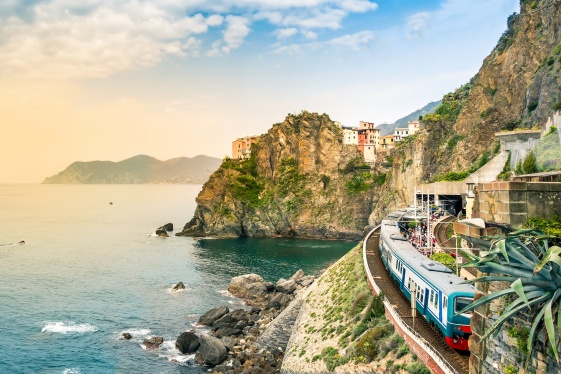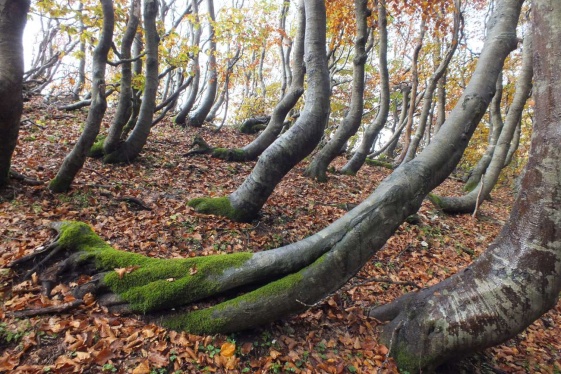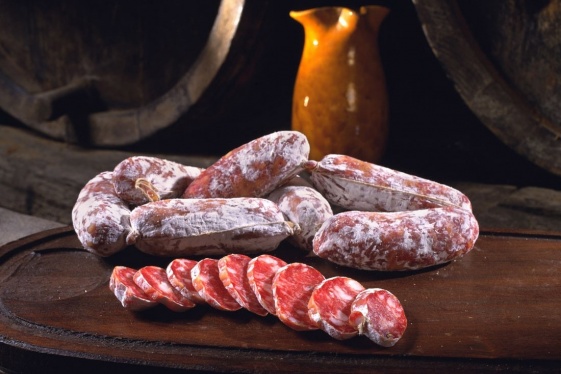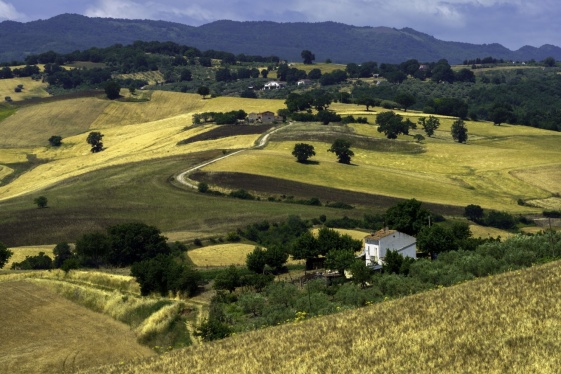Italian handcrafts: The Stonemasonry of Oratino
Stonecraft in Molise has ancient roots. It is thought that stone structures and objects were made initially to ensure people’s safety and survival. Entire districts built of stone can be found in some towns in the region, and beautiful examples of architectural and decorative features, such as capitals and statues, are not hard to find. At one time...
READ MOREExploring Italy by train: Scenic routes and hidden stops
Exploring Italy by train offers a unique opportunity to discover the country from a different perspective. The tracks pass through breathtaking landscapes, connecting art cities, picturesque villages and hidden corners that often escape classic tourist itineraries. In short traveling by train allows you to experience many more emotions, if then the...
READ MOREMy Italian Ancestral Roots and Rare WWII History in Italy
This August, I made the journey again, this time with my cousin Michael D’Imperio to visit our famiglia ancestral roots in Comune di Biccari (Region of Puglia-Provincia of Foggia). My maternal grandparents Aniello and Elisa (Basile) Lucera emigrated from Biccari to America back in 1902/1910 as part of the Great Arrival. My cousin Michael’s great-gr...
READ MOREItalian gardens and parks: Guardiaregia-Campochiaro Wildlife Park
The Regional Oasis Guardiaregia-Campochiaro Wildlife Park is located entirely in the municipalities of Guardiaregia and Campochiaro in the province of Campobasso, in the Molise side of the Matese. The protected area covers 3135 hectares of land, making it one of the larger areas among those run by the WWF in Italy. It is characterized by the presen...
READ MOREMolise: Italian region that doesn´t exist
Ask an Italian where the Molise region is and they will shake their head to tell you; “Molise doesn´t exist.” Italy´s smallest region after Valle d´Aosta, Molise is regarded by Italians as a myth, despite its 305,000 population. Located between Abruzzo and Puglia on Italy´s east coast, Molise is Italy´s best-kept secret. The origin of the long-runn...
READ MOREGlow up: Southern Italian towns dazzle with these spectacular light displays in summer
In early July, the southern Italian town of Scorrano is transformed into a kaleidoscopic light display. To celebrate the patron saint Santa Domenica, giant architectural structures studded with lightbulbs known as luminarie are erected. There are castellated entrance gates, arched tunnels, rose windows and domes decorated in multicoloured lights so...
READ MOREItalian little Italies: Oratino, The loner of Sannio
The talented local craftsmen of Oratino could express their art mainly thanks to the patronage of the Dukes Giordano (VI-VII century). Portals, balconies, balustrades of the aristocratic houses, as well as the interior of the churches represent the noble work by blacksmiths, stonemasons, gilders, glaziers and painters. A historian described Oratino...
READ MOREItalian flavors: Cacciatora Salami
The name “Cacciatore” (hunter’s style) derives etymologically from its original use in the rations that hunters carried in their knapsacks during their trips. The history of the product developed hand in hand with the evolution of the rural culture typical of the regions of the production area, which provide the raw material that is processed accor...
READ MOREThe quirky Italian village where banknotes feature Maradona’s face
The ambiance of Castellino del Biferno is much like many southern Italian villages. A statue of St. Pius of Pietrelcina, widely known as Padre Pio, graces the entrance to the small town square, flanked by a bar on one side and a church on the other. But a closer look reveals subtle details that set it apart. A van with a map of Italy minus the nort...
READ MOREMolise is ready to welcome “roots tourists”!
The region of Molise, nestled between the Adriatic Sea, Puglia, Campania, Abruzzo, and Lazio, has already embraced Turismo delle Radici, the key lifeline of 2024 Italian tourism, as proposed and endorsed by the Farnesina. And it couldn’t be otherwise because Molise is a migrants’ land through and through, with all the beauty and pain that comes wit...
READ MORE











